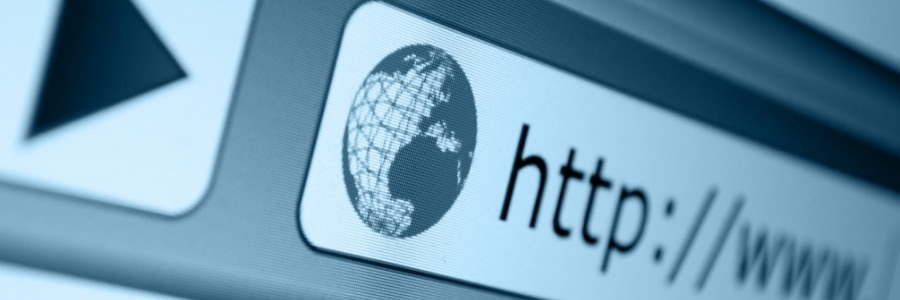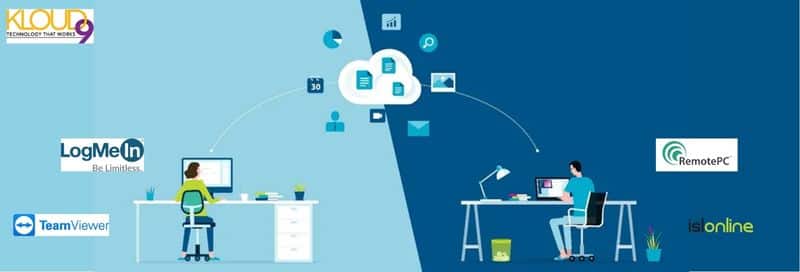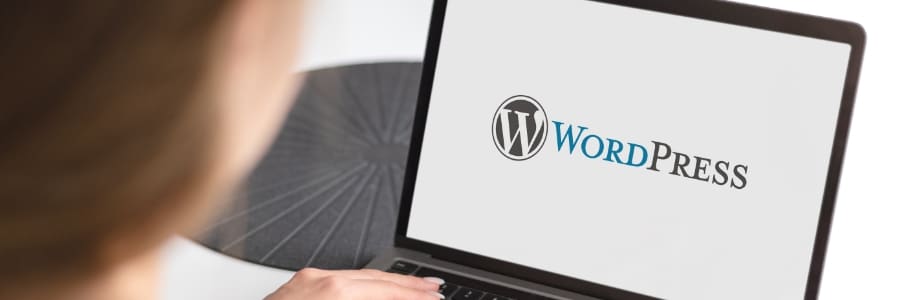No organization wants to experience the nightmare of losing valuable customer data, financial records, or confidential documents. Unfortunately, unless proper steps are taken to safeguard your business from these disasters, you may be unknowingly putting your data at risk of getting lost or compromised.
We Buy IT Businesses
- Columbus: (614) 702-7700
- Cleveland: (216) 393-2484
- Akron/Canton: (330) 685-9100
Blog
Does password autofill make hacking easier?

Password autofill is undeniably convenient, but do you know the dangers of using this common browser feature? Here’s what you should be aware of when using it and how to secure yourself from potential cyberattacks through this feature.
The risks of password autofill
Password autofill is a convenient feature found in most browsers and password managers.
Resilience in the Face of Disaster: Best Practices for Backup and Recovery

There are numerous kinds and types of disasters. Natural catastrophes like floods, earthquakes, hurricanes, and tornadoes can wreak havoc and deprive communities of essentials like food, water, and refuge.
Cyberattacks, power outages, and terrorist attacks are just a few examples of artificial catastrophes that can devastate people, businesses, and entire countries.








